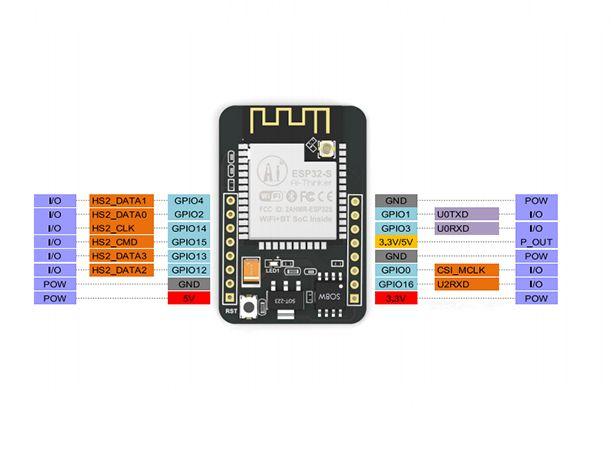
At worst, you could get away with holding the headers tightly with jumper wires in pin holes during flashing but it is not a foolproof process and flashing might fail. If you're intimidated by soldering there are 3D printed jigs available for different modules and devices. If you're new to soldering check out some soldering tutorial videos while you're at it. To solder you'll of course need a soldering iron, soldering tin and some flux. A PC power supply can be a source for 3.3V DC power.ĭevices with an USB upload port typically have a serial programmer built in, such as NodeMCU, D1 mini or M5Stack products. When using an external 3.3V supply, ensure the ground (GND) of both are connected together, this ensures a common ground.

The ESP requires at least 150mA, many 3.3V serial programmers cannot supply this much current as many serial programming tasks do not require a large amount of power. Many serial programmers do not have a voltage regulator on board like the pictured ones.


You MUST make sure the data (RX and TX) and VCC pins are set for 3.3V. Some adapters can be switched between 3.3V and 5V for the data pins, but still provide 5V on the power pin which will irreparably destroy your device. NodeMCU You can also use a NodeMCU (or similar) as a reliable serial programmer if you disable the onboard ESP by bridging GND to the RST or EN pin, and connect TX and RX straight to another ESP82xx instead of crossed.CP2102 or PL2303 - works with certain devices, but using an external 3.3V supply might be necessary.RECOMMENDED VoltLink - USB to serial adapter board based on the popular CP2102N chip with built-in ESP auto-reset circuitry and a 500mA voltage regulator.RECOMMENDED CH340G is the most reliable and the cheapest one to boot ( CH340G, Sparkfun, Soldered Connect, CH340N with AMS1117).You must ensure that the device receives sufficient power (current AND appropriate voltage level) to properly flash the firmware on the device. The power supplied to the device is one of the most important elements for both flashing the device and for stable operation. Getting Started Prerequisites ~ Needed Hardware ~Įvery Espressif ESP8266, ESP8285, ESP32, ESP32-S or ESP32-C3 chipset based device can be flashed with Tasmota. Smart Home Integrations Smart Home Integrations.

Getting Started Getting Started Table of contents.


 0 kommentar(er)
0 kommentar(er)
